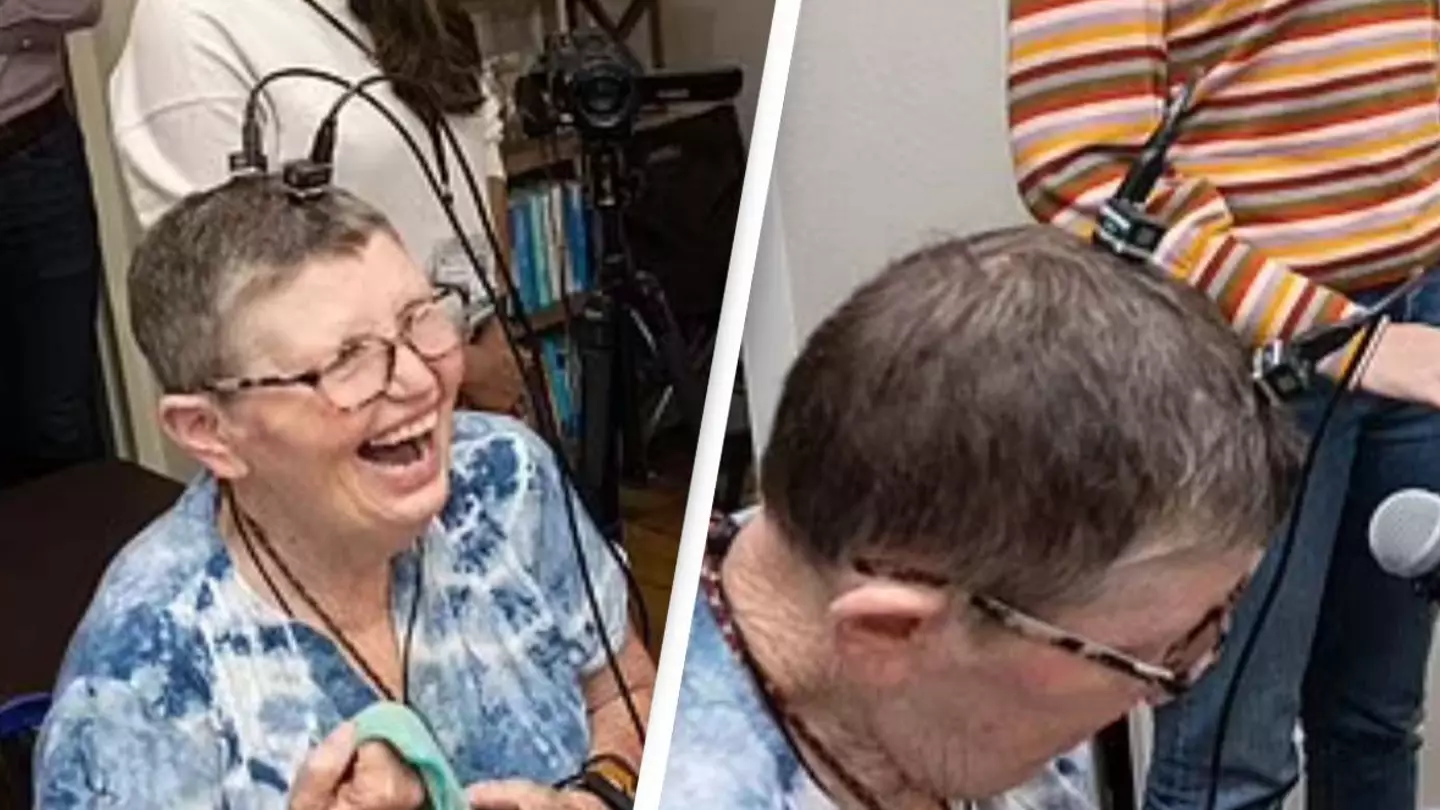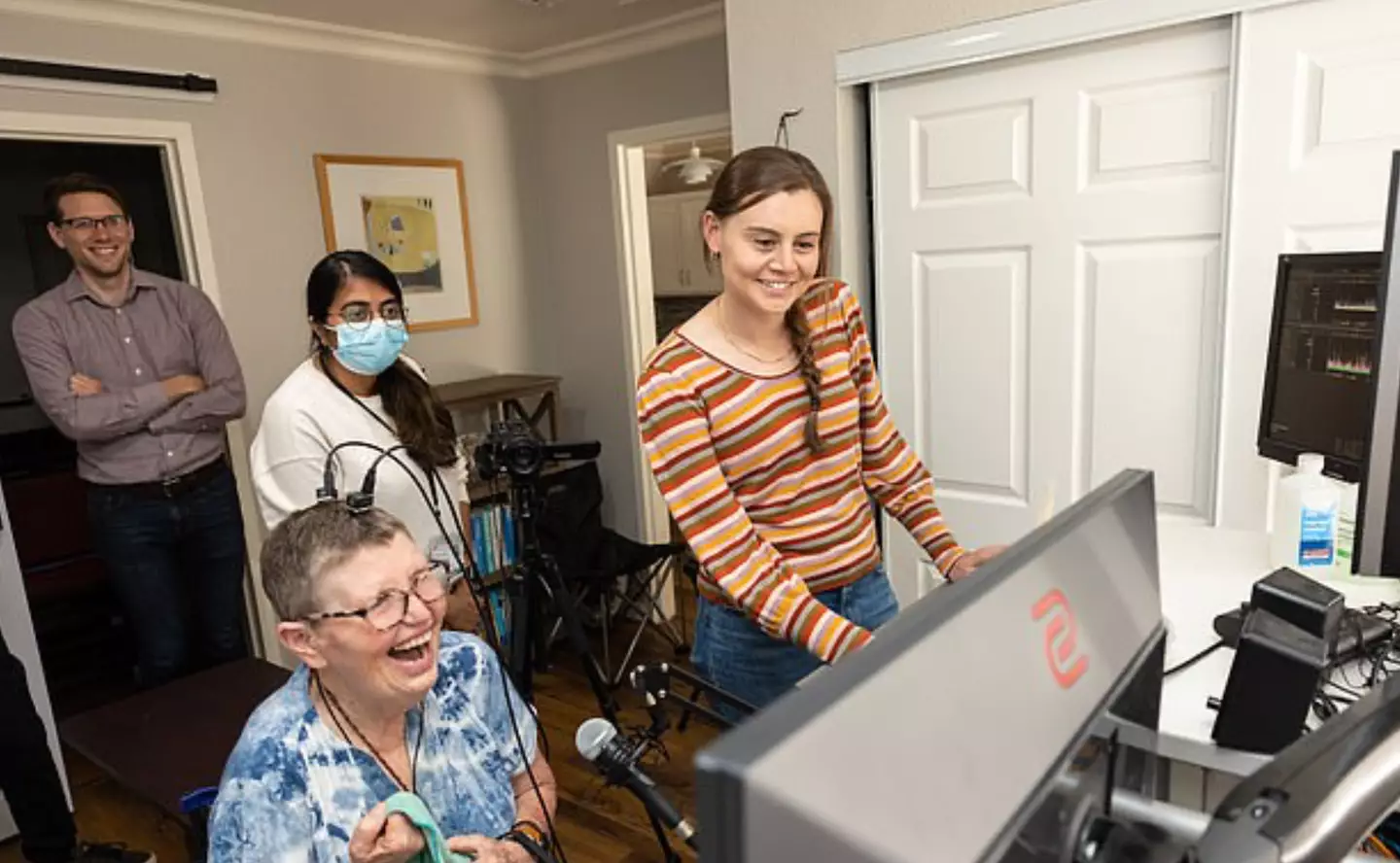
Tiny brain chips have enabled a woman to ‘speak’ again, 11 years since she started suffering from the same disorder that killed Stephen Hawking.
Pat Bennett, 68, used to ride horses, jog daily, and work in human resources before her life was taken over in 2012.
The woman has amyotrophic lateral sclerosis (ALS), a neurological disease that affects motor neurones in the brain and spinal cord which control voluntary muscle movement - such as talking.
Advert
It’s the same disease that recently took the life of Sandra Bullock’s partner Bryan Randall as well as the famed physicist Hawking in 2018.
But a clinical trial at Stanford University has given Bennett a new light.
Four ‘baby-aspirin-sized’ sensors have been implanted into her brain.

She is now able to communicate her thoughts directly from her mind to a computer monitor at a record-breaking 62 words per minute.
Advert
Professor Philip Sabes of the University of California, who co-founded Elon Musk’s Neuralink, described this new study as a ‘big breakthrough’.
He previously told MIT Technology Review: “The performance in this paper is already at a level which many people who cannot speak would want, if the device were ready.
“People are going to want this.”
With each one lasting around four hours, Bennett went through 26 sessions working with an AI algorithm.
Advert
She helped to train it to identify which brain activity corresponds to 39 key phonemes - that’s sounds to you and me - used in spoken English.

During each training session, Bennet would try and effectively communicate roughly 260 to 480 sentences - selected randomly.
They picked out these sentences from a collection of conversations over the phone collected by a calculator-maker company back in the 90s.
Advert
Helping Bennett get her ability to chat back, the sentences included things like: “It’s only been that way in the last five years.”
Despite managing an error rate, the algorithm’s speed is moving at three times faster than previous models and at 62, it’s getting closer to the natural rate of human conversation of arounf 160 words per minute.
As reported by Daily Mail, Bennett wrote via email: “These initial results have proven the concept, and eventually technology will catch up to make it easily accessible to people who cannot speak.
“For those who are nonverbal, this means they can stay connected to the bigger world.”
Advert
Bennett’s experience of ALS was a rarer variety as she adds: “When you think of ALS, you think of arm and leg impact.
“But in a group of ALS patients, it begins with speech difficulties. I am unable to speak.”
Topics: Health, Science, Technology, US News
